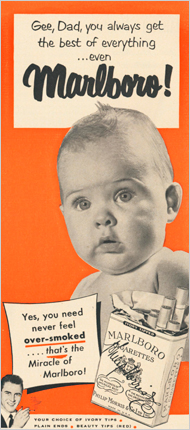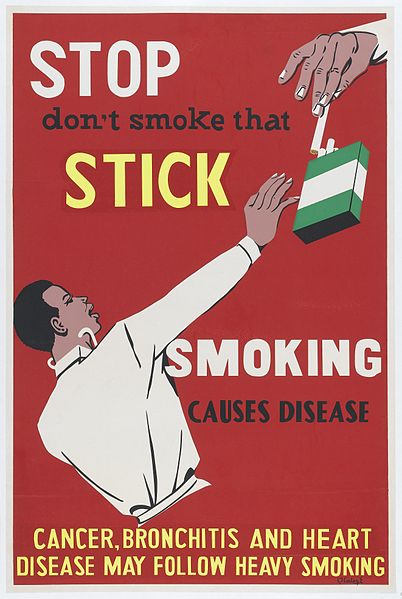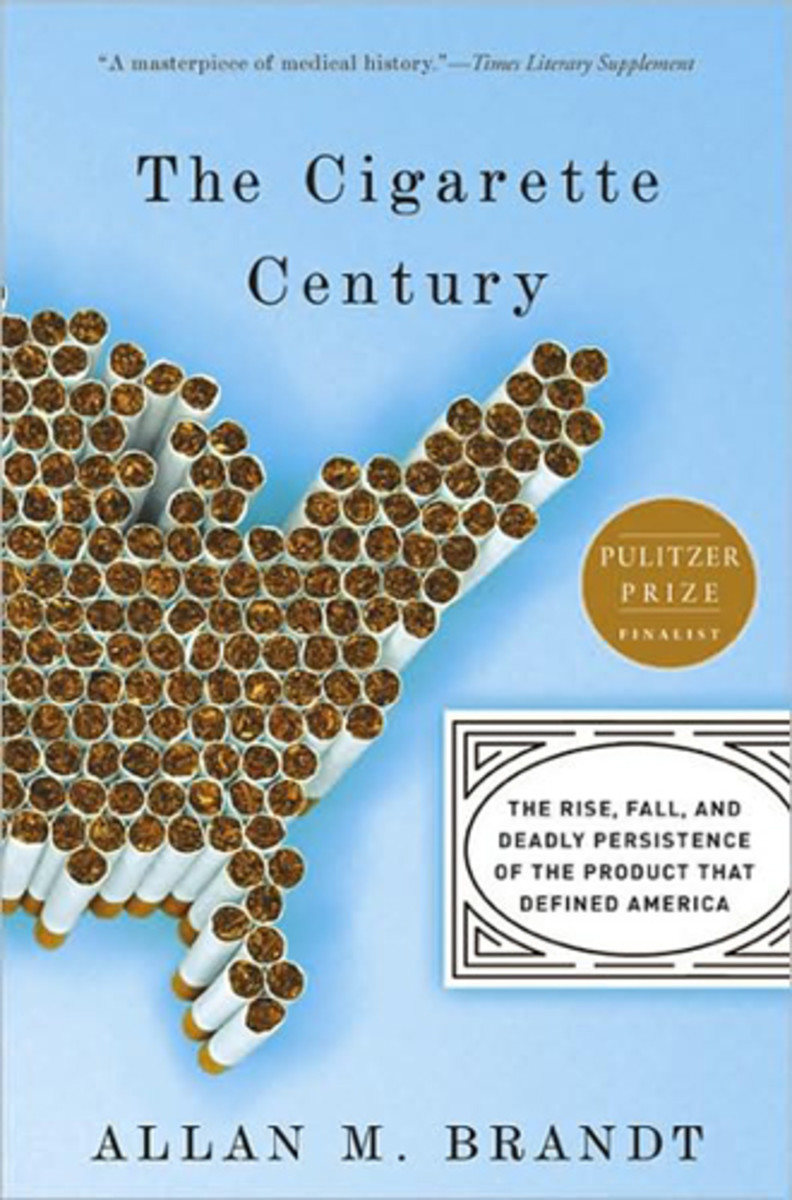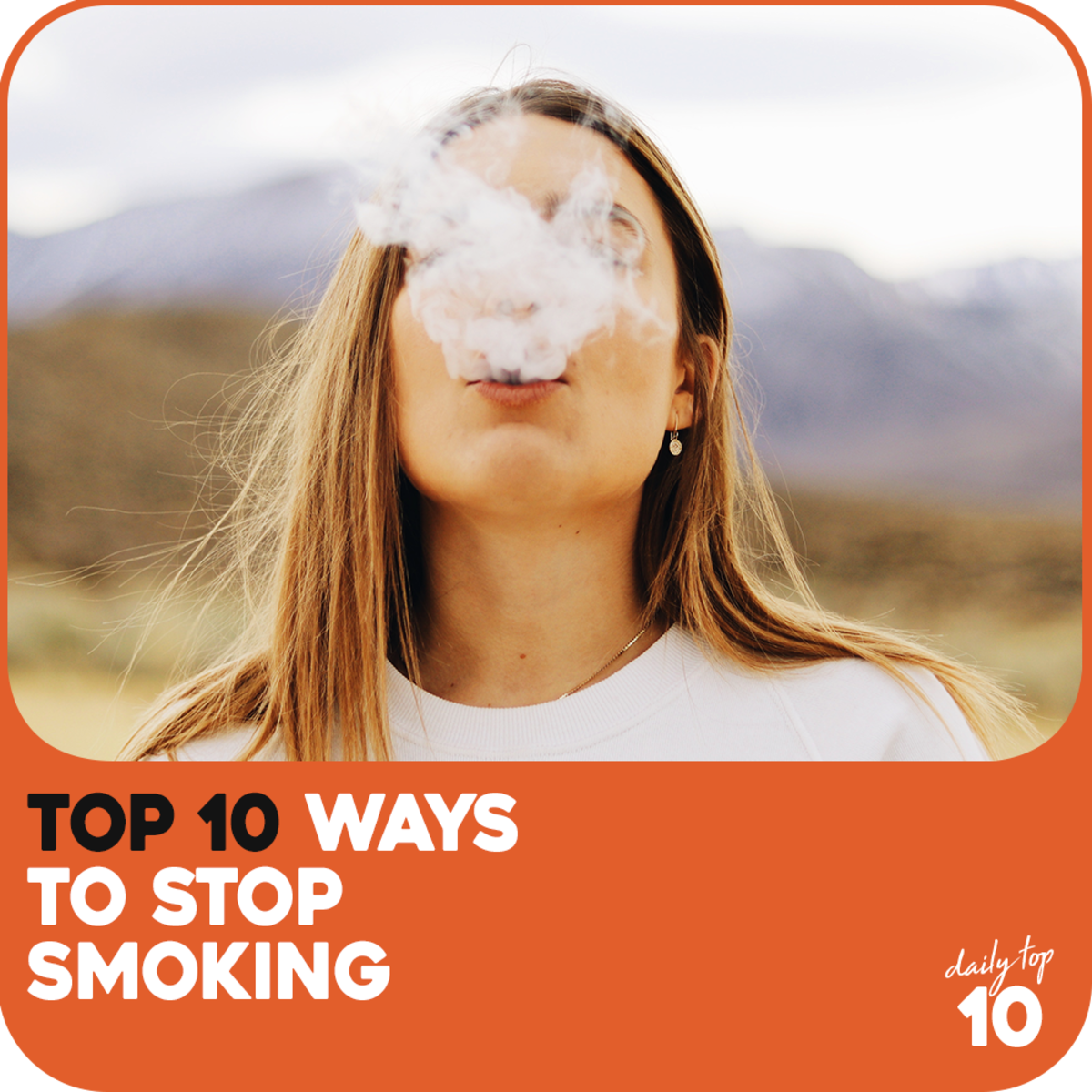Why Are We Still Smoking?
Hollywood Glamorized Smoking

Social Problem
Smoking is a real problem, and because nicotine is addictive, it poses a ligitament challenge to stop smoking once a person has started. My suggestion would be to focus on stopping the problem before it even starts. When I sit around some of the older nurses and they tell me about how the doctors used to smoke at the nursing station and the patients smoked in their rooms, I’m absolutely floored at the thought. Not only is the hospital that I work at now smoke-free but it is also a smoke-free campus. This means you can’t even be standing outside the door if you are on hospital grounds. Does this help cut down on the amount of people who take up smoking? Well maybe within the vicinity. But what about the rest of the people.
People who smoke and have a difficult time stopping when they start due to the addictive nature of nicotine, but the attitudes toward smoking have changed so much that, more people feel conflicted about their addiction than before. It was once seen as sophisticated prior to the 50’s and Hollywood played a part in glamorizing the habit as well.


Attitudes
Attitudes towards smoking have changed over time as we, the consumers, were given more information. When people first started smoking, the attitude that smoking was no big deal, or even thought of as something that made one more sophisticated, was rational at the time. People really had little information that linked smoking to lung cancer and something that could be considerably dangerous for your health. As when anything first comes out, it may seem enticing, until it is shown it could kill you.
The tobacco companies were so concerned with making a dollar off this habit-forming, addictive substance, it took an active political stance to get them to back down on their propaganda driven campaigns. I still remember some of the advertising surrounding smoking, and it slowly was taken away as the health concerns became more apparent.
There was a time in the 1920’s-1950 when everything from babies, doctors, Santa Claus and cartoons were used to advertise smoking. In a 1951 ad for Marlboro a picture of a baby and a pack of cigarettes with the thought balloon, “Gee Dad you always get the best of everything…even Marlboro” (New York Times, n.d.). How about a doctor sitting confidently at his desk in his white doctor’s jacket with the slogan. “More Doctors smoke Camel than any other cigarette” (New York Times, n.d.). Most of us are too young to remember such things, but if these ads were paraded in front of us on a daily basis, of course one would take up smoking. Not only would you probably start but also without a care in the world or the knowledge that someday we could die from it. Ads featuring Santa Claus, for brands like Pall Mall; senators like Charles Curtis of Kansas, who endorsed Lucky Strike before he was elected vice president in 1928; cartoon characters like the Flintstones and penguins, for brands like Winston and Kool; children, who appear as accessories for their smoking parents; and babies, for brands like Marlboro (New York Times, n.d.). No one would blame you if you started smoking, how could they, no one knew of the harm.
Target Population
The target population to focus on is children in grade school and teens as a way of stopping the problem before it starts. Youth-marketing is what was used in the beginning to entice smokers, go forward with youth-marketing as a way to halt the problem as well. Of course if you grow up with parents that are smoking and don’t have much of a support system or role model, relying on one’s own willpower may be difficult at a stage in life when you are already struggling for peer acceptance as is.
Approach to Change
The key to our attitude change at that time was knowledge. The availability of that knowledge, as we as the public and consumers were let in on this revelation that smoking could actually kill and the fight against the tobacco companies to back off on advertising putting laws in place that could make such things illegal.
The goal would be to stop people before they even started. I do believe there is strength in advertising. Advertising worked in the past as a way of getting people to start, so it would only make sense that it work in getting people to stop, or not start in the first place. Social psychology research has shown the mechanism of the mere exposure effect can be resourceful. There is proof that messages can be used repeatedly to bring about change.
These messages or advertisements can also be used to bring about change of attitude as well. Overtime one would be turned off by the thought of picking up a cigarette (Hogg & Cooper, 2013). Anti-smoking commercials, anti-smoking literature in schools at a young age or just mere exposure of the negative health effects that smoking could bring about. They already have anti-smoking commercials showing the effects of long-term smoking. One would also incorporate it into children’s books and anti-smoking cartoons and whatever children would be around, that by the time they get to an age where they are making these decisions on their own, it is firmly implanted that smoking is negative, not cool to participate in, and hazardous to your health.
Don't Pick it Up

Nature vs Nuture
Very little research has been done with the younger age groups regarding stopping smoking before it starts but is it wise to suggest nature vs nurture plays a part. Personally my parents and older brothers never smoked, so the urge to smoke, was little for me, even when my friends picked up the habit. Environment plays a huge part. Willpower vs social acceptance is next in line, but like I stated before, the addictive nature of nicotine is real. Once the problem leaves the psychosocial aspect and crosses into the physiological response, all the advertisements in the world will not work.
Resistance to Change
One of the major problems in stopping any behavior is willpower or self-control and the reward of social acceptance that is gained through giving in. There is a study that shows that when a person first attempts a socially desirable behavior such as smoking that initially they don’t like it, but they continue to do it anyway because of the reward of social acceptance. In order to continue forward, one has to suppress the urge to reject the nauseating fumes. “We posit that the lure of valued social rewards leads people to engage in personally harmful behaviors, despite costs to the self. Furthermore, we hypothesize that self-control will be used for personal sacrifice when the undesirable behaviors are perceived as the primary route by which to gain acceptance from highly desirable others” (SPSP, n.d., p. 310).
Unfortunately for a targeted young group, social acceptance is high on the list and marketing may not be strong enough or reach all the appropriate audiences. Socio-economic issues, resources, lower-income families, may play a factor or schools placing the focus on other forms of education.
Addressing the Challenge
We have to hope the negative health aspects of smoking, will outweigh the urge to pick it up to look socially accepted. Therefore, guiding the advertising sector to focus on the health problems associated with smoking may be the way to make a child, or teenager think twice before picking it up. One could only hope, but it does not hurt to try.
Smoking Kills
Some Basic Facts About Smoking
"With but a few exceptions, smoking has declined annually in the subsequent 50 years. Adult smoking prevalence was 43% in the mid-1960s, with more than 50% of men and nearly one third of women having been smokers. Today, prevalence has fallen to 18%, with just more than one fifth of men and one sixth of women smoking" (Warner, 2014, p. 5).
-------------------------------------------------------------------------------------------------------
"17 % of high school seniors are smokers, one fifth of adult Americans continue to smoke, and well over 400,000 of them will die each year as a result, and public interest in and commitment to tobacco control has waned "(Warner, 2014, p.6).
-------------------------------------------------------------------------------------------------------
"Terror management health model (TMHM) suggests that death, in addition to posing the ultimate health threat, may also provide a potentially useful instrument in the service of prolonging life through behavioral health promotion" (Goldenberg, 2008, p 1053).
References
Hogg, M. A. & Cooper, J. (Eds.). (2013). The sage handbook of social psychology. Los Angeles, CA: Sage Publications.
Advertising - When Doctors, and Even Santa, Endorsed Tobacco ... (n.d.). Retrieved from http://www.nytimes.com/2008/10/07/business/media/07adco.html_br
SPSP. (n.d.). Retrieved from http://c.ymcdn.com/sites/www.spsp.org/resource/resmgr/conference_programs/spsp2008_program.pdf?hhSearchTerms=%22anti-smoking%22
Goldenberg, J. (2008) The implications of death for health: A terror management health model for behavioral health promotion. Psychological Review,115 (4), 1032-1053
Warner, K. (2014). 50 Years since the first surgeon general’s report on smoking and health: A happy anniversary? American Journal of Public Health,104 (1), 5-7








